In Images: Massive Landslide Falls in Alaska

Landslide falls
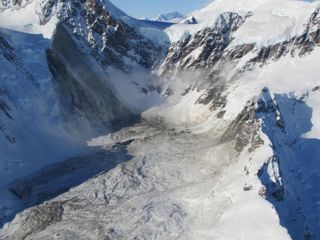
Geologists detected reverberations from a landslide in southeastern Alaska on Sunday, Feb. 16, but did not have on-the-ground confirmation of the event until commercial pilot Drake Olson provided these photos taken from his plane on Friday, Feb. 21.
First good view

The landslide is thought to be the largest ever since 2010, containing roughly 68 metric tons of rock, and flowing for nearly 3 miles (4.8 kilometers).
River of rocks and snow
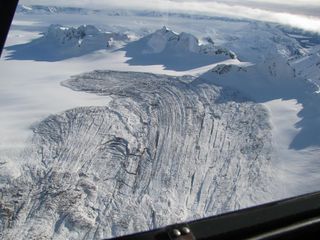
The rocks collected lots of snow and ice along the way.
Full of ice and snow
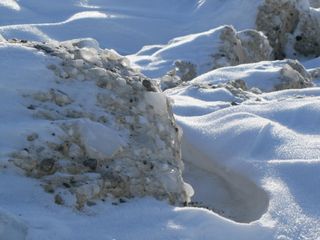
Olson landed his plane, and took images such as these to show the geologists the composition of the landslide, which consisted of a combination of stones, dust, snow, and ice.
Covered by snow
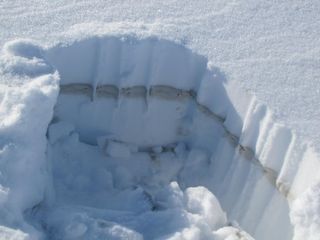
Fresh snow has already begun to hide the evidence of the landslide. Here, a layer of dust deposited by the violent event has been buried under a layer of fresh snow.
Satellite image of landslide
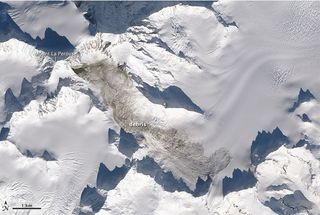
Satellite imagery of the landslide, taken on Feb. 23.
Sign up for the Live Science daily newsletter now
Get the world’s most fascinating discoveries delivered straight to your inbox.











